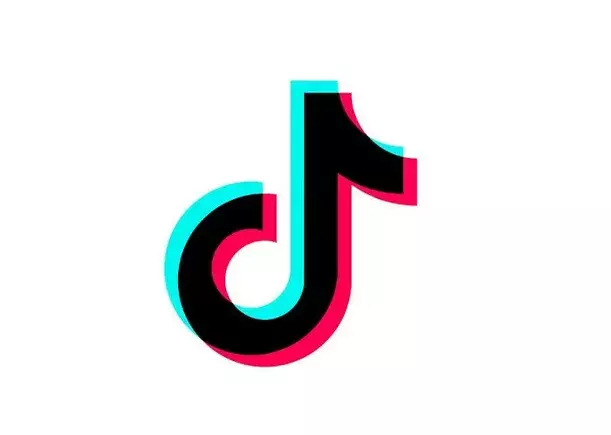The latest Transparency Report from TikTok is a compelling testament to the platform’s commitment to curbing disinformation, particularly within the EU. As mandated by the EU Code of Practice, the report unveils six months of diligent enforcement actions, featuring notable statistics and trends that should capture the attention of users, policymakers, and digital marketers alike. While the full report stretches to an extensive 329 pages, it is the summaries and key figures within that highlight crucial dimensions of TikTok’s management of political content, bot activity, and artificial intelligence-generated media.
One of the standout revelations is TikTok’s strict banning of political advertisements. In the second half of 2024, the platform removed a staggering 36,740 political ads. This effort signals TikTok’s recognition of its escalating influence in the digital realm amidst growing skepticism about the role of social media in shaping political narratives. While it is laudable that TikTok is intensifying its scrutiny on political messaging, one cannot help but question why such a ban appears necessary at all. The encroachment of political interests into non-political spaces often breeds a culture of mistrust and creates a cacophony of biased information. Thus, while TikTok’s removal of political ads should be commended, it also underscores a larger issue—the urgent need for social media platforms to establish clear guidelines that navigate the murky waters of political communication.
The Impact of Fake Accounts and Manipulated Engagement
In its commitment to enhancing authentic interactions, TikTok eradicated nearly 10 million fake accounts during this reporting period. Additionally, about 460 million fake likes, predominantly generated by these misleading profiles, were also purged. The sheer scale of these figures points to a worrying trend—users turning to artificial means to enhance visibility and engagement. Arguably, fake profiles and artificial engagement metrics present a double-edged sword; while they can manufacture the illusion of popularity, they ultimately distort the genuine experience of everyday users, leading to a disengagement from meaningful content.
In a digital landscape increasingly reliant on metrics, TikTok’s action against manipulated engagement is a breath of fresh air. However, the efficacy of this clean-up can only reach its full potential if users are educated on discerning genuine content from artificially inflated alternatives. Digital literacy must evolve alongside platform initiatives to foster an ecosystem where authenticity thrives.
A Closer Look at AI in Content Moderation
The landscape of content moderation is evolving, particularly with the rise of AI-generated and manipulated media. TikTok has reported removing more than 51,000 videos due to violations of its AI content policies. This proactive stance is commendable, especially given how technology can perpetuate misinformation. TikTok’s integration of C2PA (Coalition for Content Provenance and Authenticity) standards to identify synthetic media marks a significant step forward for digital credibility, setting a precedent for other platforms to follow.
Yet, while proactive measures are being taken, the question remains whether users differentiate between organic and AI-generated content. Meta’s report—which found a strikingly small percentage of AI-related misinformation impacting election integrity—suggests that while the technology exists, its application remains limited. As the proliferation of AI media grows, TikTok’s ongoing innovations and adaptations will need to align with comprehensive user education to maximize the potential benefits of such technologies.
Fact-Checking Initiatives: Bridging the Gap of Misinformation
TikTok has made commendable strides in combating misinformation through partnerships with 14 accredited fact-checking organizations. This investment in third-party verification is vital, especially as disinformation continues to spread rapidly across social media platforms. The report indicates that the presence of “unverified claim” notifications reduced share rates by 32% among EU users—a figure that bolsters the notion that transparency can significantly decrease the propagation of false information.
Contrasting TikTok’s approach with Meta’s shift away from third-party fact-checking towards community-driven initiatives reveals a diverging philosophy toward misinformation. While crowd-sourced solutions rely on communal consensus, TikTok’s model ensures expert assessment and holds a promise of impartiality. This approach rings true in today’s fraught climate where misinformation threatens not just individual users but the social fabric itself.
In a world awash in noise, the necessity for transparent and responsible moderation cannot be overstated. TikTok’s efforts, highlighted in its Transparency Report, can serve as a powerful case study for other platforms engaged in the same struggle. With the right frameworks, continuous improvement, and community education, the potential to foster authentic engagement and safeguard the integrity of information continues to expand.


Leave a Reply